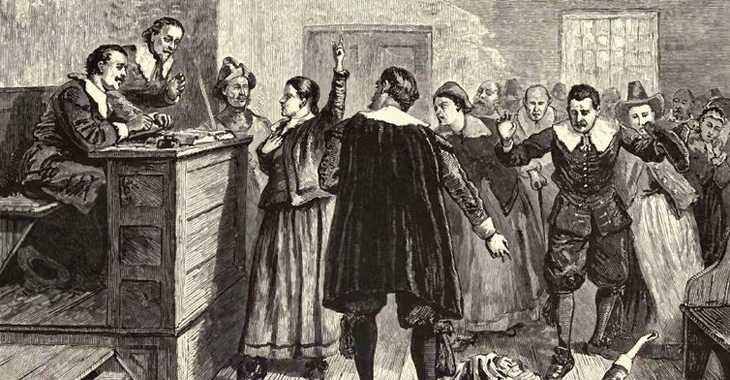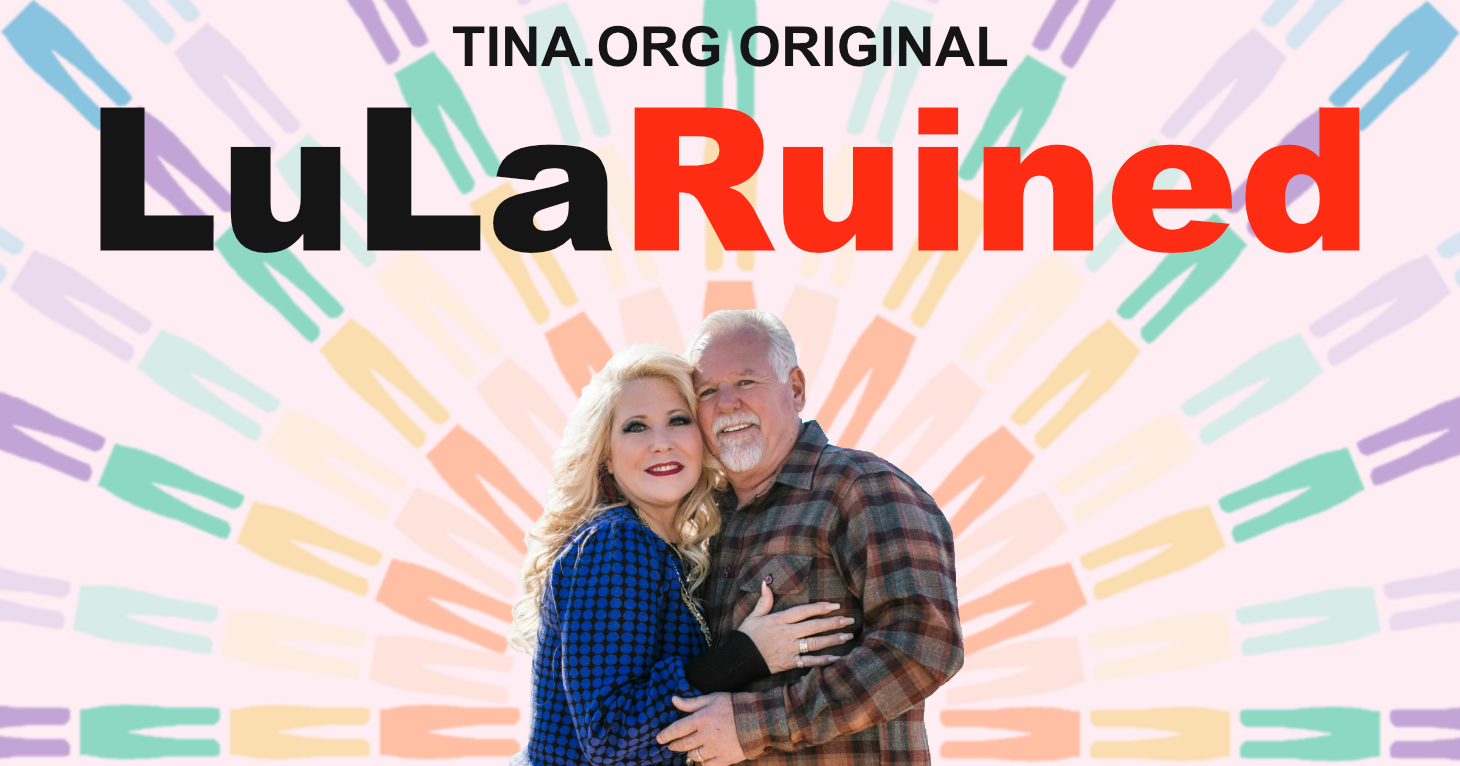
Protecting Kids from Stealth Advertising in Digital Media
TINA.org Executive Director Bonnie Patten to speak at FTC workshop Wednesday.
A jury of your peers and a jury of consumers deserve the truth.
| Bonnie Patten
One of my first jobs out of law school was working on a murder trial with the special defender’s office. We lost the trial and the defendant was sentenced to 50 years in prison. The case would end up consuming bits and pieces of my legal career for the next 10 years — 10 years because that’s how long it took before the state dropped the charges after the key witness died. And while I learned a great many things from working on that case, one key ruling calls out to me every time I come across an advertisement disguised as unbiased content (aka a native advertisement).
Shortly after the murder trial, the state’s key witness pocketed $14,000 in reward money. Our primary argument on appeal was that the trial court should have allowed us to introduce evidence regarding the witnesses’ motivation — that she was still a drug-addict/prostitute and motivated to testify/make-up her story in order to collect the reward. The witness had testified at trial that she was no longer a drug-addict or a prostitute and wanted the reward money to help kick-start a new, clean life. The court did not think our evidence was relevant and would not let us submit it to the jury.
The state’s Supreme Court saw it differently and overturned the murder conviction holding that evidence tending to show a witness’ motive, bias, and interest is always relevant because it is fundamental information that is needed for an intelligent appraisal of the testimony of any witness. As the United States Supreme Court has explained:
The partiality of a witness is subject to exploration at trial, and is ‘always relevant as discrediting the witness and affecting the weight of his testimony.’ … We have recognized that the exposure of a witness’ motivation in testifying is a proper and important function of the constitutionally protected right of cross-examination.
What, you may ask, does any of this have to do with native advertising – the practice of camouflaging advertisements to closely resemble the content in which they are embedded? The answer is everything.
It is obvious that journalistic content is viewed differently than advertisements, and that consumers generally avoid ads. I would argue this is so because consumers know that ads are biased, one-sided pitches that lack neutrality. For a consumer, knowing something is an ad immediately discloses the motive, interest, and bias of the author. Advertisers are keen to blur these lines between content and marketing in an attempt to hide the partiality of the author and dupe consumers into thinking they are viewing independent and objective content. As such, unless consumers can readily distinguish ads from content, the marketers and publishers will be engaged not in “native advertising” as they like to call it, but in deceptive advertising.
The jury in my murder trial wrongfully convicted a man because vital information regarding a witness’ motive, bias, and interest was withheld from them. Like jurors, readers have the right to know the full story behind all content on a site.
TINA.org Executive Director Bonnie Patten to speak at FTC workshop Wednesday.
The agency puts the MLM industry on notice.
New documentary explores the rise and fall of LuLaRoe.


